The importance of combating racism in a warming world.
CDP was born in part because we see climate change as a social justice issue. While attention to the math — emissions reduced, assets divested — is important and necessary, we believe that the more difficult and neglected work lies in naming, describing, and responding to the climate emergency as a form of injustice, as a burden thrust upon some people by others. In a cultural moment in which justice movements in the United States have re-awakened and joined forces, the potential rewards of that approach are clear. The most powerful responses to climate change may well travel through centuries-old struggles for rights, freedom, peace, and equality.
Climate destruction is not a social justice issue simply because embracing other movements will make it easier to fix. It is a social justice issue because many of its causes and effects are inseparable from those associated with other forms of domination and oppression, new and old. That is what makes climate injustice intersectional.
Climate destruction, then, has many cousins (aunts and uncles, really). One cousin is patriarchy, as we noted in a previous post to this blog. Another is neoliberal capitalism, the subject of a future post.
Another cousin of climate destruction — the subject of this post — is racial domination.
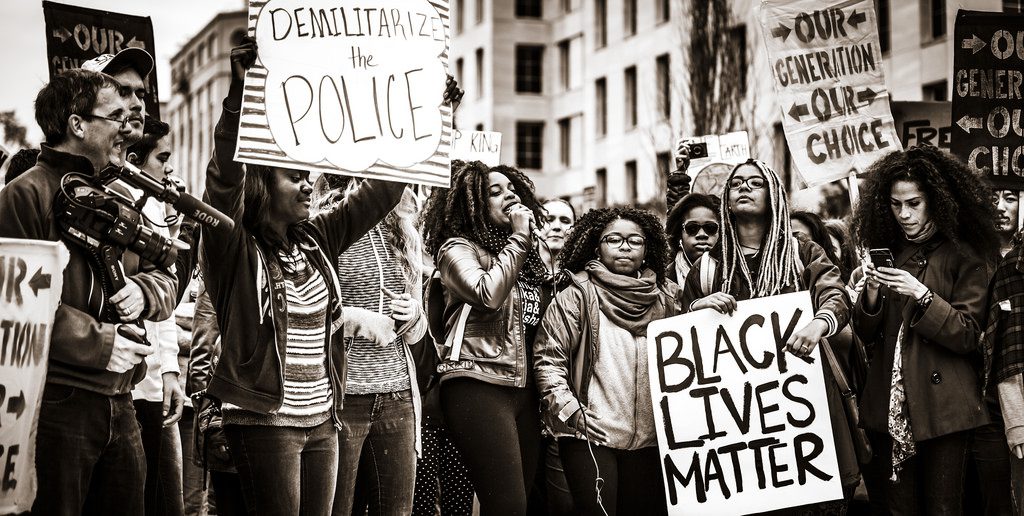
____________________
Racial domination is the practice of institutional or interpersonal racism. To emphasize the interlocking nature and effects of the various “systems of domination” of which racial domination forms a part, the celebrated feminist theorist and cultural critic bell hooks prefers the term “white supremacist capitalist patriarchy.”
Understanding these phenomena requires understanding how deeply interrelated they are. When people denounce racial domination, they are denouncing the system that produces climate catastrophe. And, because climate catastrophe cannot be averted without combating racism — and misogyny and global neoliberal capitalism — it is not much of an exaggeration to say that the world depends on fighting racism.
____________________
It is not an exaggeration to say that the world depends on fighting racism.
______________________
The connections between climate destruction and racial domination — invisible threads holding together a larger system — can be made visible along at least seven dimensions.
(If you think of others, let us know. In this post we do not attempt to authoritatively define or summarize the phenomena we describe but to outline broad connections between two subjects. In addition to the scholars, writers, and activists credited by name and in links, this post has taken inspiration from the work and lives of Vandana Shiva, Wangari Maathai, Alice Walker, Gerald Torres, the people behind the No-Nonsense Guides, the Indigenous women and men who protested the Dakota Access Pipeline at the Oceti Sakowin Camp, the women of the Metropolitan Asian Family Services center in Chicago, and others who have written, spoken, and lived at the intersection of race and the environment.)
- Colonialism/imperialism, slavery, and other systems of racial hierarchy and domination have been inseparable from the efforts of Western nation-states to control natural resources.
It is impossible to explain the current environmental crisis without reference to colonialism/imperialism, and vice versa. Colonialism (the practice) was driven by the insatiable appetites of European nation-states for raw materials and commodities, and everywhere it went, imperialism (the ideology) went, too.

In the imperialist ideology, Black, brown, and Indigenous peoples were objects to be conquered, owned, or “saved.” Slavery was about person/thing ownership, as Western property law had long been, which meant dehumanizing groups of people along with non-human beings and natural resources.
It is widely known that colonialism/imperialism wrought devastating environmental consequences. Deforestation in colonial New England, for instance, was so severe that it promoted the spread of disease among the colonists and changed the local climate itself.
Less well known is the fact that racism mediated environmental destruction throughout colonial history. Some forms of destruction were more strategic than inadvertent: While over-hunting and extermination of the American buffalo was a complex event facilitated by the expansion of railroads, many accounts suggest that it was abetted by a desire to weaken and displace Native Americans. In South India, conservationist discourse among nineteenth-century British rulers masked a history of British deforestation and served to justify imposition of state control over forest management.
Racism and environmental destruction were also entangled in that they functioned as reciprocal rationales for one another in the minds of the colonizers. In North America, differences in land use practices between the English settlers and Native peoples became — along with diverging systems of property ownership and the gendered division of labor — justifications for colonialism/imperialism: for the English, the misguided notion that Native peoples did little to cultivate or improve their land served as a rationale for dispossessing them of it.
During much of the colonial period, of course, anthropogenic climate change from the burning of fossil fuels was not yet visible on the horizon. But the racist practices and modes of thinking spread across the globe during the colonial period would set the stage for climate destruction.
2. Today, the extractive economy continues to depend for its viability on forcing the costs of its activities onto people of color and expropriating their resources.
In 1978, middle-class suburban homeowners in Houston filed a lawsuit to keep a garbage dump from being built in their neighborhood. The homeowners were Black. Court filings later revealed that, between the 1920s and 1978, over 80 percent of Houston landfills and incinerators — including 100 percent of city-owned landfills — had been sited in Black neighborhoods although Blacks comprised just 25 percent of the population.
A young environmental sociologist named Robert Bullard, who lived in Houston at the time, helped collect data for the lawsuit. He would later be credited with helping to start the environmental justice movement.
The basic idea behind the movement was simple: people of color should not be forced to live in polluted communities. As the movement grew, it brought public awareness to the fact that the siting of noxious infrastructure in Black, brown, and Indigenous communities is a public health crisis and a civil rights issue.

Today, environmental and climate racism continue to be neglected by environmental advocacy organizations, and, as globalization has spread neoliberal economics to new places, new environmental justice crises have arisen. Activities masquerading as economic development in poor countries — such as timber harvesting, agribusiness, mining, and oil production — have extended the legacy of colonialism. It is estimated that countries in the African continent lose more than six times as much in wealth each year as they receive in international aid.
At the same time, trade laws, unfair lending practices, and weak regulatory regimes have ravaged the economies of countries in the Global South. In a phenomenon known as biopiracy, Indigenous peoples are routinely uncompensated by pharmaceutical companies and others for the commercial use of their environmental knowledge and resources. Poor people of color are routinely forced to work in jobs posing safety hazards—for instance, “shipbreaking,” or taking apart the world’s commercial ships for scrap. And, until recently, the United States literally sent its trash to China.
Many poor countries have become dependent on industries, such as oil and gas extraction, that are environmentally destructive and politically corrosive. Poverty and deforestation have been shown to fuel one another, and deforestation has become a major contributor to climate change.
We may never know whether neoliberal capitalism could have flourished without racist reallocations of environmental benefits and burdens. But it is clear that our current economic system depends on unequal distribution of its costs.
3. Cultural schemas that dehumanize Black, brown, and Indigenous peoples are linked to environmental degradation and violence.
Colonialism/imperialism have long been accompanied by cultural schemas and stereotypes that sexualize people of color, liken them to animals or to nature, insist variously upon their happiness or their supposedly violent disposition, or otherwise deny their agency and their lived realities. These schemas and stereotypes persist today. Psychological studies have shown that people in the United States harbor automatic subconscious associations between Black people and wild animals and between Black people and crime. Women of color are often seen as helpmeets with a high pain tolerance.
Stereotypes about Black, brown, and Indigenous peoples, like stereotypes about women, mirror cultural attitudes toward the environment. Both are tools of domination, and both function to provide justification for violence. In commonly used imagery and modes of speech, “rape,” “exploitation,” “subjugation,” and “colonization” are things that white people inflict on people of color as well as on nature and non-human beings.
And we can see it in the numbers. (These numbers are from the United States, but the broad trends they illustrate are not limited to that country.)
- Police killed 1,147 people in the United States in 2017, of which Black people comprised 25 percent although they are only 13 percent of the population.
- Black men are seven times more likely than whites to die by police gunfire.
- The murder rate for Hispanics is twice the murder rate for whites.
- Homicide is the second leading cause of death for Hispanics ages 15 to 24.
- The Black incarceration rate is nearly six times that of whites.
- If current trends continue, nearly one in three Black men born in 2013 will spend some portion of their lives in prison.
- The poverty rate for Blacks and Hispanics is currently more than double that of non-Hispanic whites and has been much greater than double during most of the time period since federal data collection began.
- The poverty rate for American Indians and Alaska Natives is more than double that of the general U.S. population.
Another way in which racism and environmental destruction have co-evolved is through the emotional deadening that both require. When white people are socialized not to see or acknowledge the indignities thrust upon Black and brown and Indigenous peoples, when those peoples’ lives are not depicted in film or not told from their perspective, when all of us are taught to explain their suffering as a result of laziness or bad character or criminal disposition, colonialism/imperialism reaches into the present. We blame individuals and groups for failures that we ought to blame on society, and we condition ourselves to accept the unacceptable. Climate destruction thrives on these emotional disconnects.
(Our previous post in this series described similar phenomena spread by patriarchy. As in that post, our goal here is to expose the lie behind damaging stereotypes rather than reinforce them.)
4. Cultural imperialism, with its erosion of traditional ecological knowledge and practices, reduces local and global resiliency to climate disruption.
Among the enduring effects of neoliberal capitalism and cultural imperialism is the erosion of traditional ecological knowledge (TEK), or the “evolving knowledge acquired by [I]ndigenous and local peoples over hundreds or thousands of years through direct contact with the environment.” Particularly in countries of the Global South, food colonialism and trade in commodities have displaced subsistence economies and traditional cultivation of food crops, leading to food insecurity through nutritional deficits and manufactured famines.
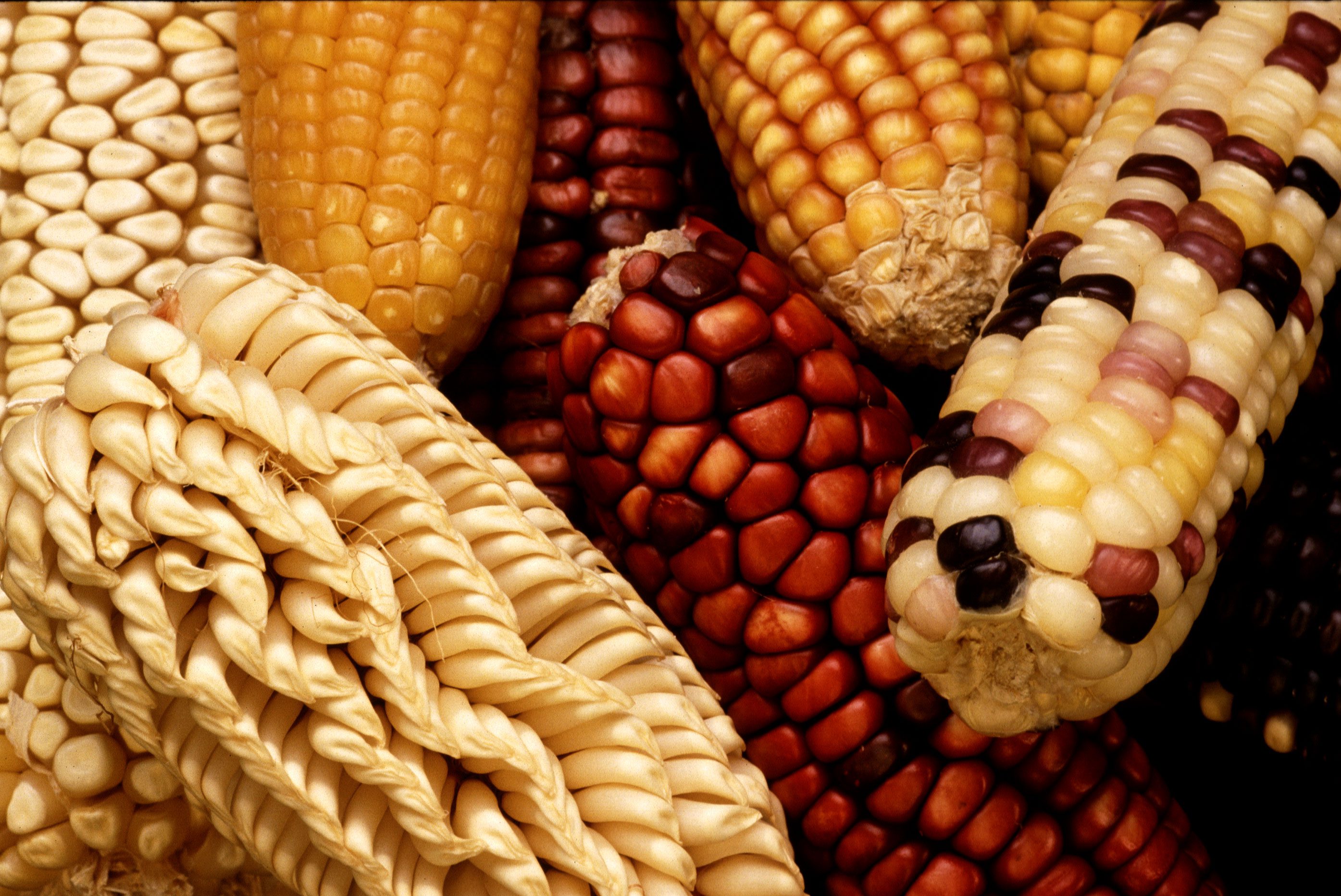
The erosion of TEK also contributes to the loss of genetic diversity in plants grown for food — genetic diversity that is crucial to efforts to engineer new seed varieties capable of withstanding the effects of climate change. (In an effort to save what is left, scientists built a “doomsday vault” for storing seeds from all over the world; unfortunately, the vault appears to be unable to withstand even today’s weather.)
The exportation of Western agricultural practices has likewise brought an expansion of commercial agriculture, with its heavily reliance on synthetic fertilizers, pesticides, “improved” seeds, and monoculture. That expansion has come at the expense of domestic home gardening and other traditional practices, which in the Global South have largely been the province of women and have been a crucial source of family nutrition, a backbone of social relationships and intergenerational knowledge-sharing, a form of empowerment vis-à-vis male relatives, and a reservoir of plant genetic diversity. The damage occasioned by the loss of such practices is incalculable, and not only because it makes all of us more vulnerable to the effects of climate disruption.
5. Climate disruption has contributed to the mass migrations that have disproportionately affected Black, brown, and Indigenous populations.
Climate disruption has played a significant, if underreported, role in recent mass migration crises — a phenomenon known as “climate migration.” Climate migration stems from hotter temperatures, food insecurity, and political conflict, particularly in countries of the Global South. As the Center for American Progress summarizes:
In the 21st century the world could see substantial numbers of climate migrants—people displaced by either the slow or sudden onset of the effects of climate change. . . . [M]igration can result from different environmental factors, among them gradual environmental degradation (including desertification, soil and coastal erosion) and natural disasters (such as earthquakes, floods or tropical storms) . . . . [C]limate change is expected to aggravate many existing migratory pressures around the world. Indeed associated extreme weather events resulting in drought, floods, and disease are projected to increase the number of sudden humanitarian crises and disasters in areas least able to cope. . . .
Imperialist ideology foments conflicts that combine with climate change to drive migration. Moreover, since racism and white supremacy helped create the refugee crisis through their centuries-long contributions to environmental destruction and climate change, it is ironic that xenophobic white nationalism is currently ascendant in Europe and the United States in response to the crisis.
6. Border walls and prisons are ecological as well as human disasters.
Human devastation, not ecological devastation, is the primary lens through which to view border walls and prisons. But the ecological impacts of both illustrate why racism and climate destruction are so inextricably intertwined. A growing body of evidence suggests that border walls and prisons are detrimental to ecosystems already made fragile by environmental and climate disruption.
Habitat fragmentation makes it harder for species to migrate in order to adapt to climate change. Open corridors are crucial, and, in the United States, most of them are located in the Western half of the country. A border wall between the U.S. and Mexico could complicate that picture: scientists believe that, if completed, a wall along the U.S.-Mexico border could “lead to habitat fragmentation and . . . close off animal populations by impeding movement.” A number of endangered species were already affected when existing parts of the wall were constructed in 2009.
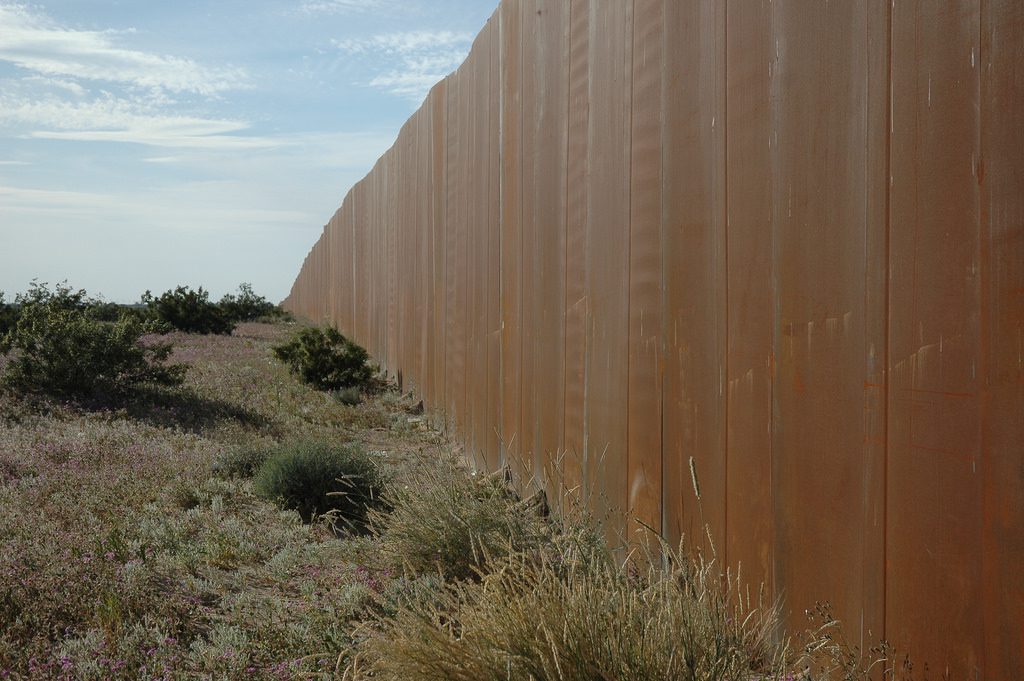
Prisons, too, are bad for the health of those inside and outside them. An article by CityLab explains:
The U.S. prison population has grown dramatically over the past four decades, from 200,000 adults in 1973 to 1.5 million by 2009 (plus an additional 700,000 adults in local jails). . . . Many [facilities] are overcrowded, presenting serious health concerns for the inmates, officers, and nearby communities. Many also produce waste and pollution far beyond local and federal standards . . . .
Among the problems at the “intersections of mass incarceration and environmental degradation,” according to the Prison Ecology Project, are “[discharge] of sewage and industrial waste from overpopulated and under-regulated prisons into waterways; threats to listed species by the ongoing construction and operation of prisons in remote, environmentally-sensitive rural areas; and environmental justice concerns [affecting] prisoners, staff and surrounding communities.” At some Texas prisons, inmates are dying from high temperatures and the lack of air conditioning.
In the U.S., people of color are vastly overrepresented in the prison population, and, like other polluting infrastructure, prisons are frequently located in low-income communities and communities of color. Thus, the human and environmental burdens created by prisons are far from equally shared.
7. People of color are disproportionately affected by extreme weather, yet underrepresented on decision-making bodies tasked with slowing climate destruction.
Pollution from fossil fuel infrastructure is not the only way in which communities of color shoulder unfair burdens from the extractive economy. People of color are also disproportionately exposed to the impacts of climate change. The California Department of Public Health reminds us:
Climate change exacerbates the existing health inequities experienced by some communities of color. . . . [which] are likely to have fewer resources to prepare for, adapt to, and recover from the effects of climate change, including the health effects. . . . [D]ue to racial discrimination affecting economic assets, housing and lending, and municipal services, communities of color are more likely to reside in high risk areas with greater climate threats, such as more impervious surfaces and less tree canopy. . . . Populations of color are less likely to have air conditioning, less likely to own a car, and more likely to have one or more chronic health conditions, all of which increase susceptibility to injury and death from climate-related events. . . .
[Moreover], the experience and impacts of racist policies on living conditions and resources is a recurring element that influences the health and adaptive capacity of some communities of color. . . . [R]epeated experiences of discrimination, such as racism, create chronic stress, which leads to a host of impacts to physical, mental, and emotional well-being.
The first installment in a four-part Bitch Media series by Bani Amor describes the racism that makes supposedly natural disasters anything but natural:
There is no clearer indication of which lives matter to a society than how it treats its people in the aftermath of a big storm. . . . [We need] to focus on the domino effect of factors that leave Black- and brown-majority coastal regions vulnerable to hazards exacerbated by global warming. These hazards, such as commercial overfishing, natural resource extraction, destruction of natural shore barriers, and infrastructural neglect, affect places like the Gulf Coast, Haiti, and Ecuador, which were all devastated by “natural disasters” this past year. . . .
[D]ecades of oil industry abuses of the coastal economy and its environments [were] a major contributor to floods like the ones in Louisiana and Texas [in 2016]. . . . As with the continuing water struggle in Standing Rock, where the Dakota Access Pipeline was rerouted through Sioux territory to spare the majority-white town of Bismarck from its potential consequences, the value of a place is being measured by its inhabitants’ race.
Although people of color are disproportionately exposed to climate harms, they are underrepresented in the political bodies that govern climate policy and responses to climate disasters. Underrepresentation is also evident at the level of corporate decision-making. And lack of inclusion has manifested in more-subtle ways — for instance, in the consistent exclusion of the voices of non-white people in cable news coverage of climate change.
As an article in the journal Climate Risk Management recently summarized, “the very groups who are most affected by climate change impacts are least likely to be involved in climate adaptation discussions.” Climate change cannot effectively be combated until that disparity is taken seriously.
________________________
This post does not argue that the anti-racism movement, or any social justice movement, depends for its justification on its connection to climate issues. It argues something closer to the reverse: the climate movement can and must recognize and sustain connections with allied movements, and with anti-racism movements in particular. Black and brown writers, scholars, and activists have long understood those connections. We all need to understand them if the climate movement is to live up to its full potential.
Eliminating racism, without more, will not avert the climate crisis. But we can’t advance a truly climate-protecting agenda without fighting against racism and white supremacy.
________________________
Fighting against racism and white supremacy is necessary to advancing a truly climate-protecting agenda.
________________________
There is a more uplifting point in all of this: the same tools that can be used to combat racism can also be used to combat climate destruction.
The previous post in this series outlined how the efforts of an allied movement might be expected to have spillover effects for the climate. When we combat racism at the cultural, political, economic, and artistic levels, we help create the conditions necessary for climate progress.
Conversely, when we advocate for climate justice in the people-centered language of rights, freedom, peace, and equality, we give ourselves a chance of creating a rising of the people to meet the rising of the seas.
And that’s a beautiful thing.
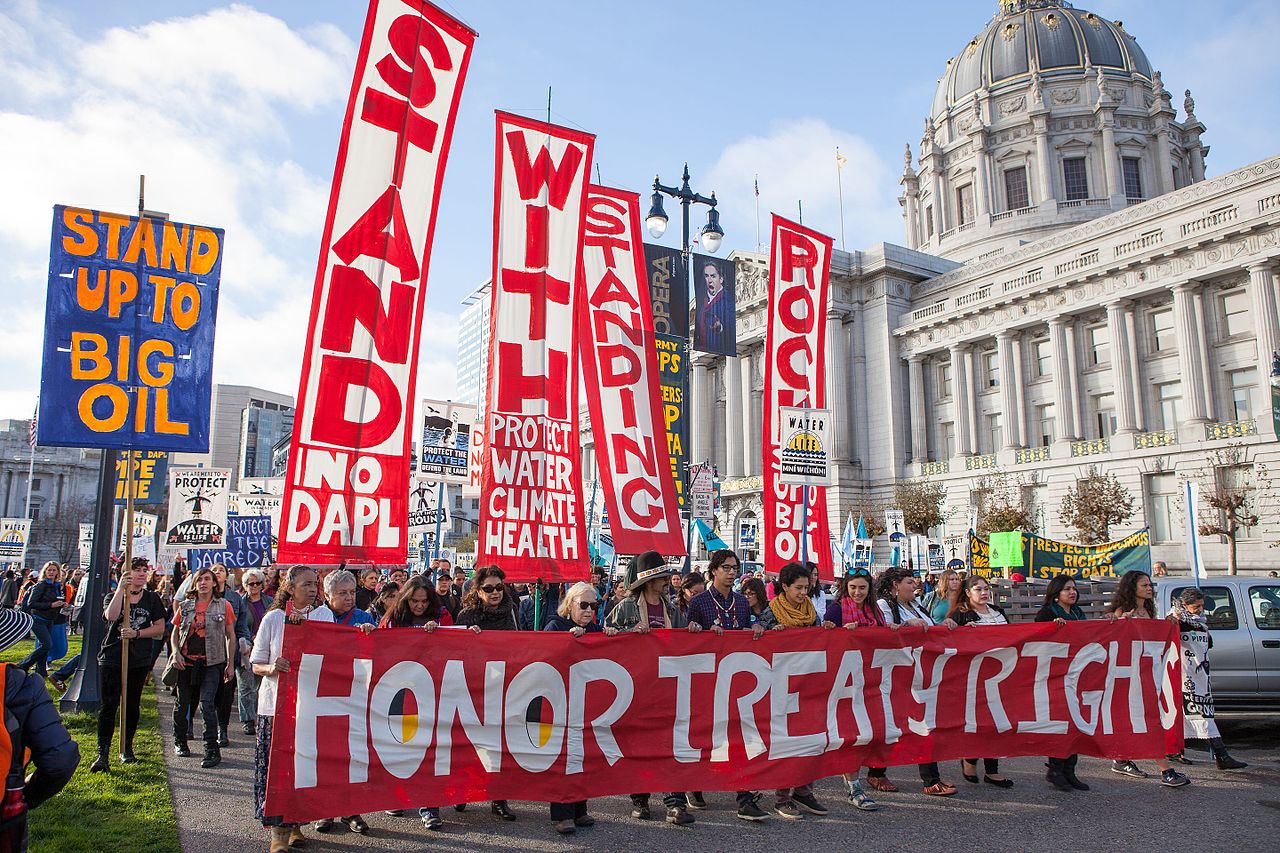


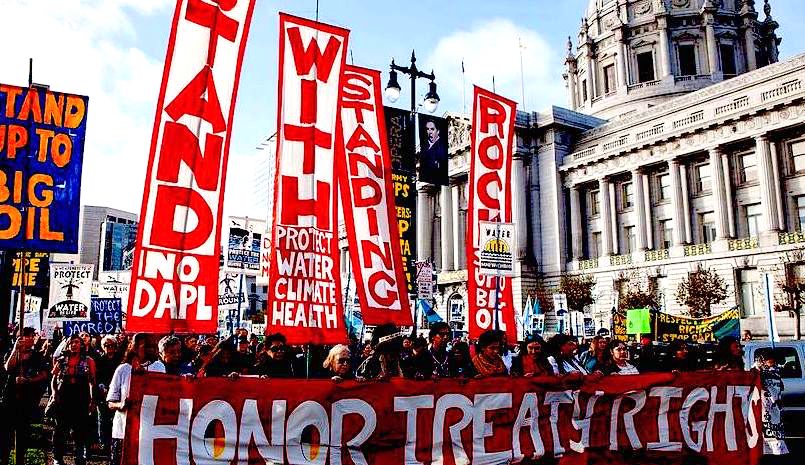
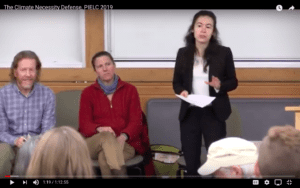

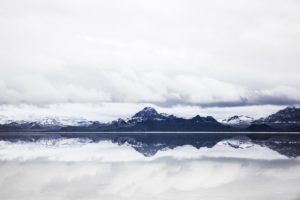
4 Responses
The article is a good write. Although I am appalled at the word Brown, (used to describe Indigenous people). I think that maybe your writer could possibly come up with the proper term to describe Indigenous people. We are not Brown people. SMH
Hi David, thank you for your comment. We appreciate your input and have updated the post accordingly.
Thank you. I’ve been mulling over the connection between energy, climate and racism. And I’m pleased to see these connections articulated with such great clarity.
Well researched and written succinctly. Destruction as a means of survival is a false survival.